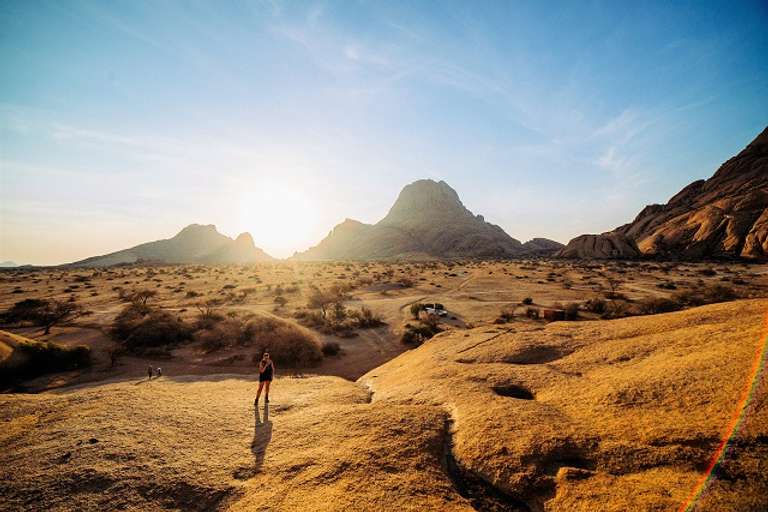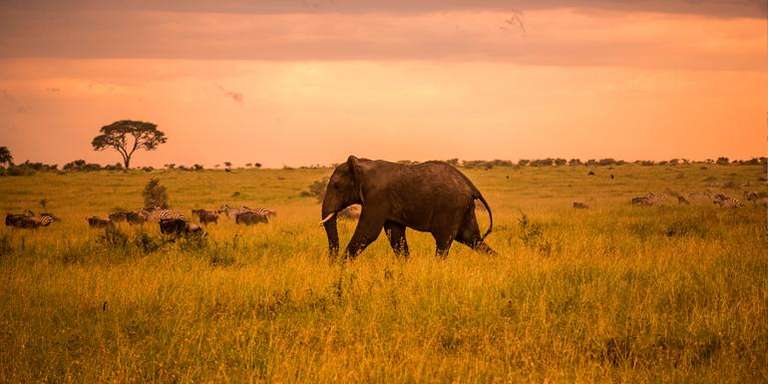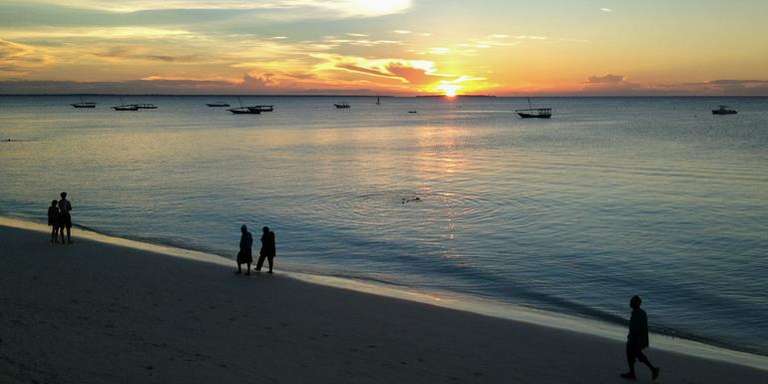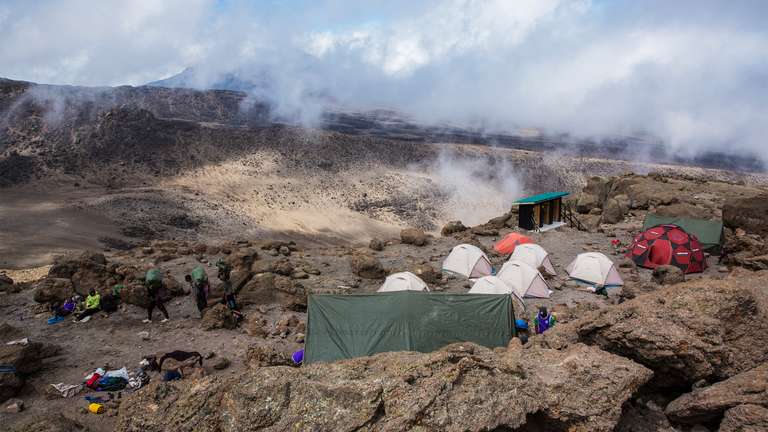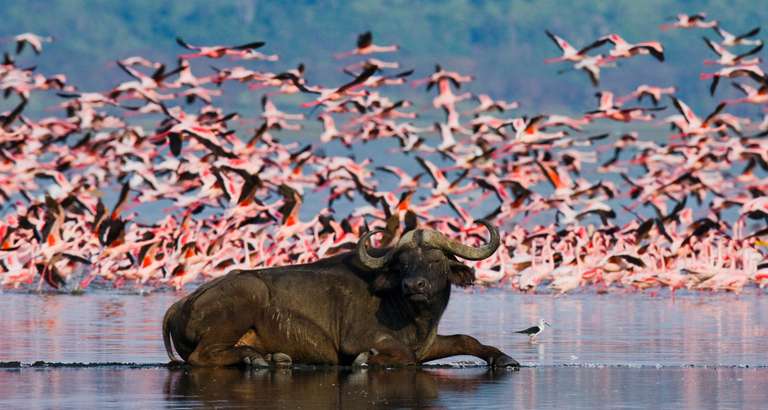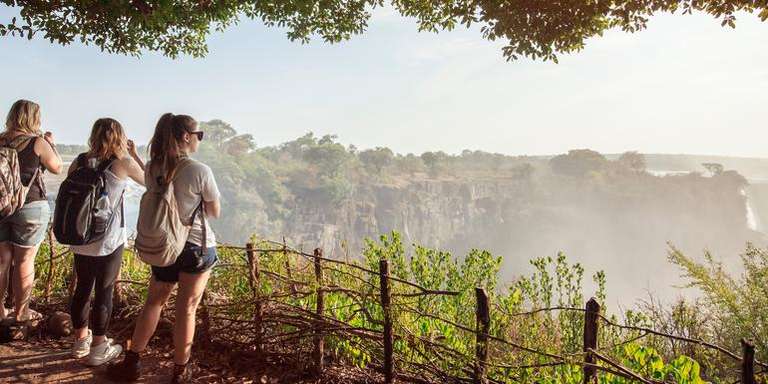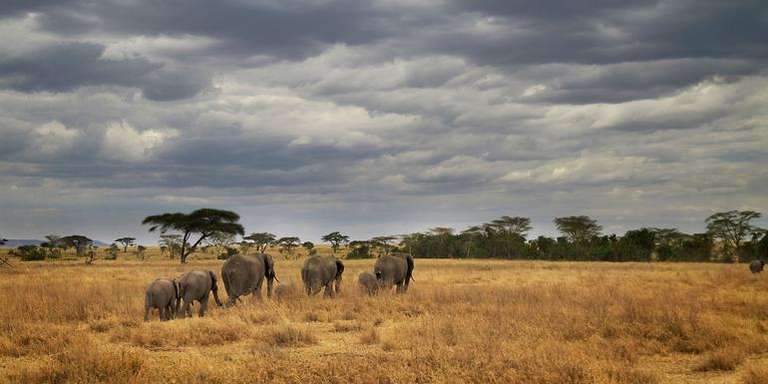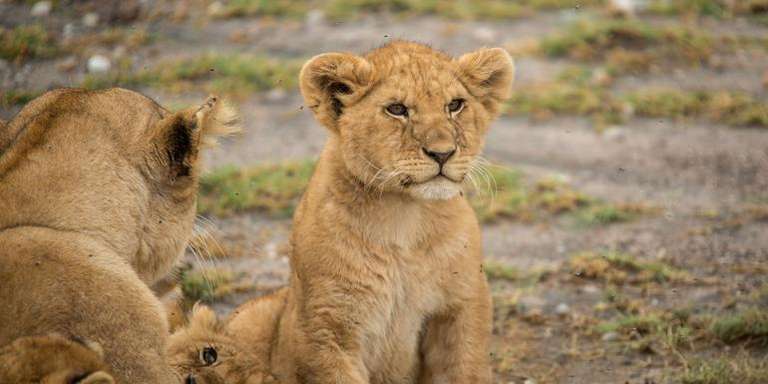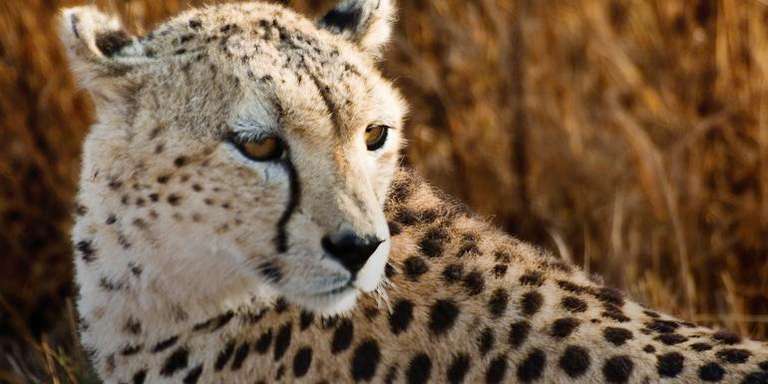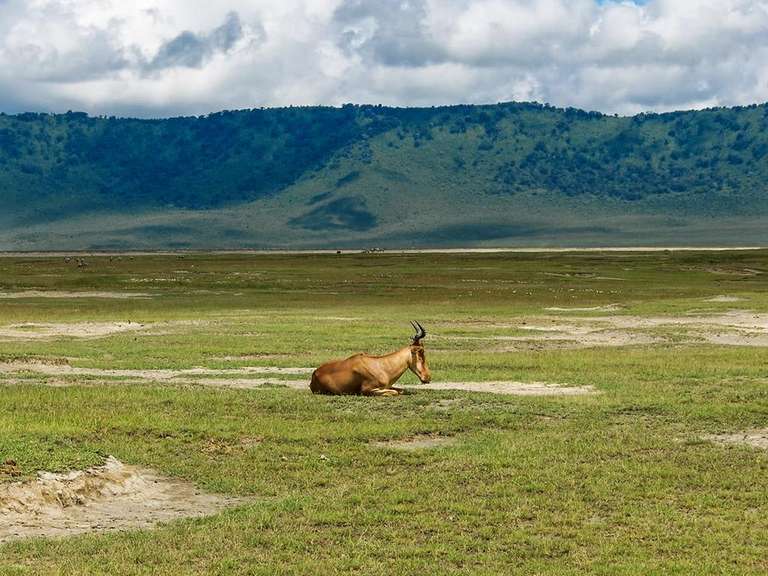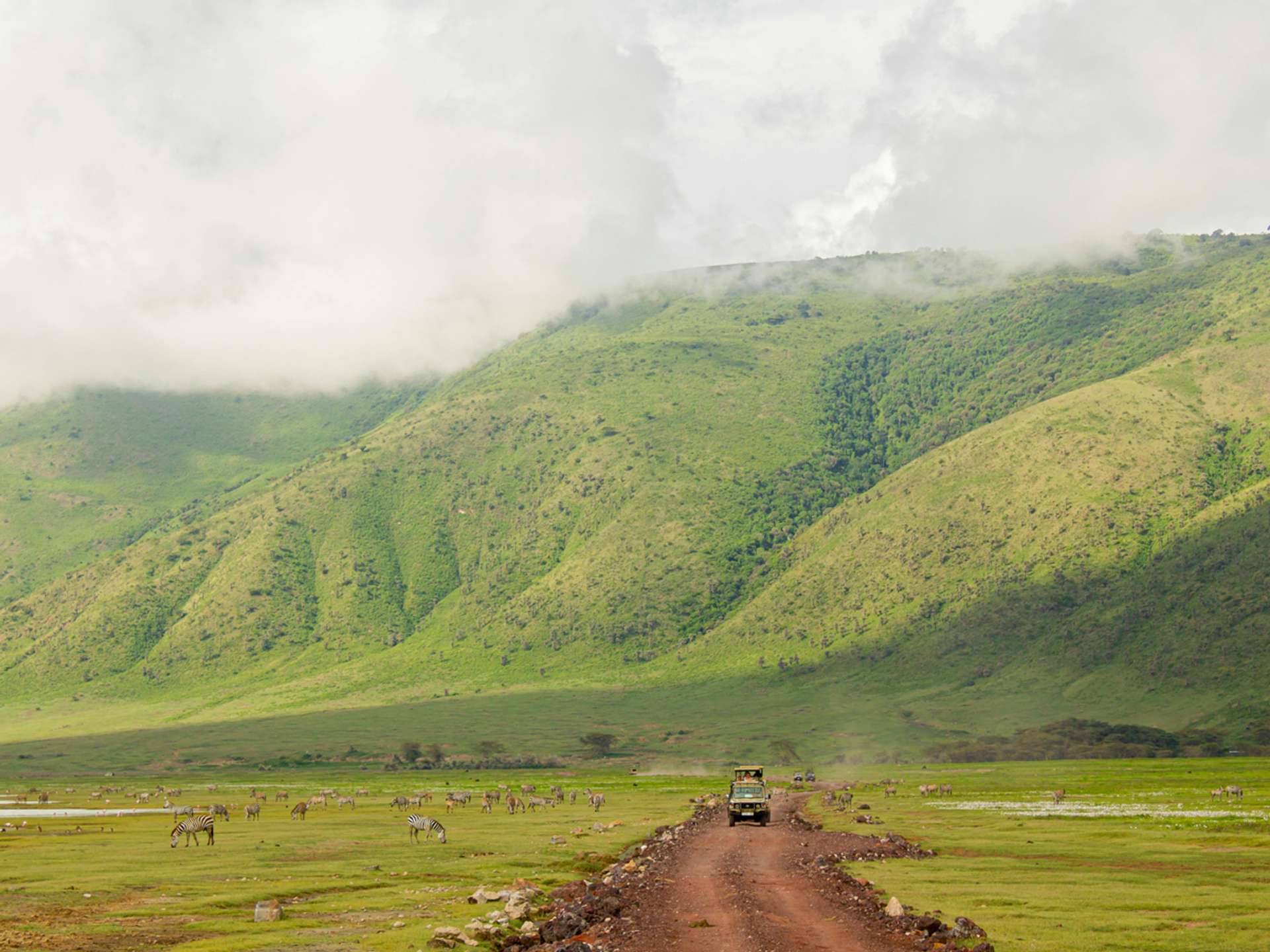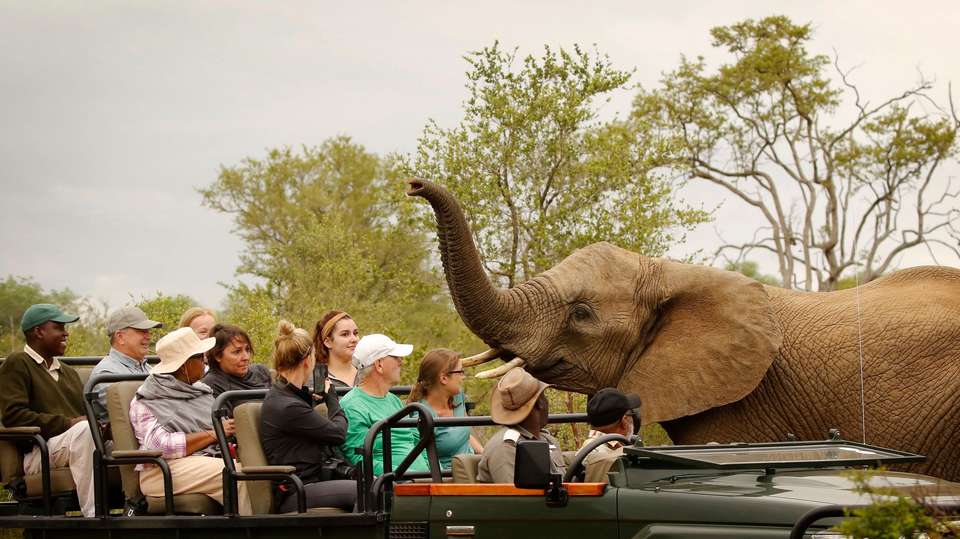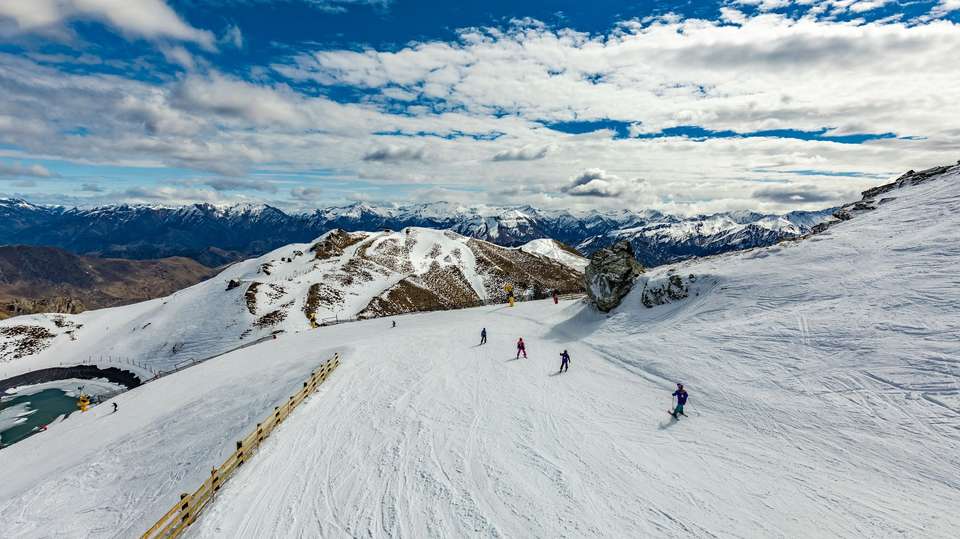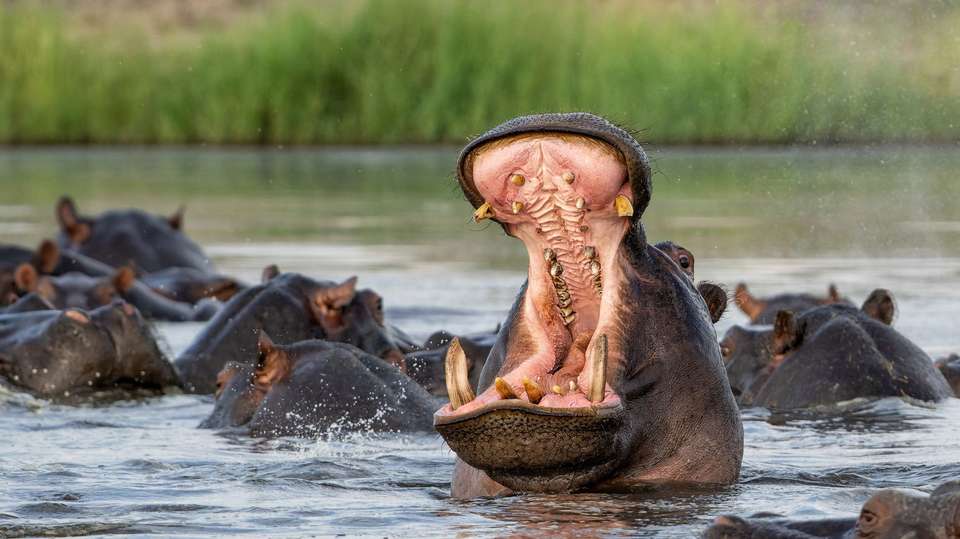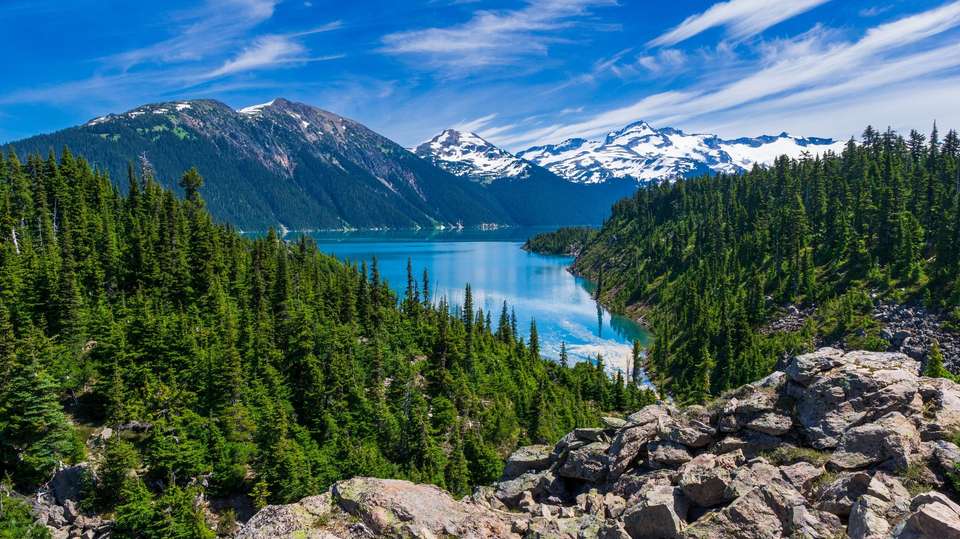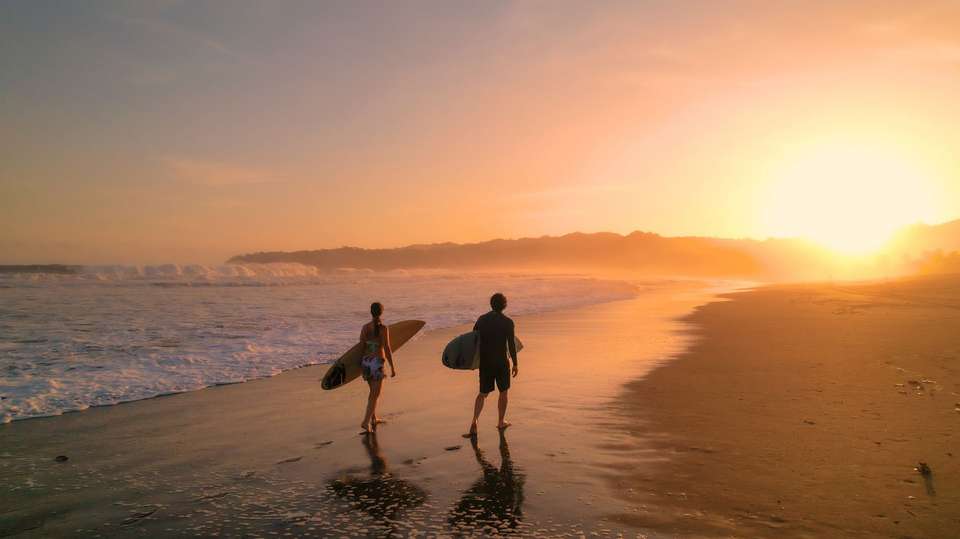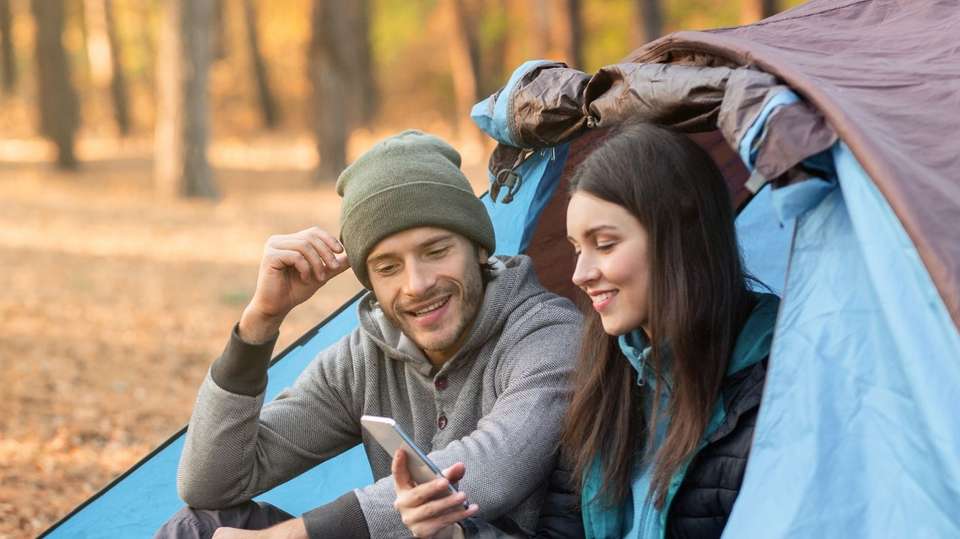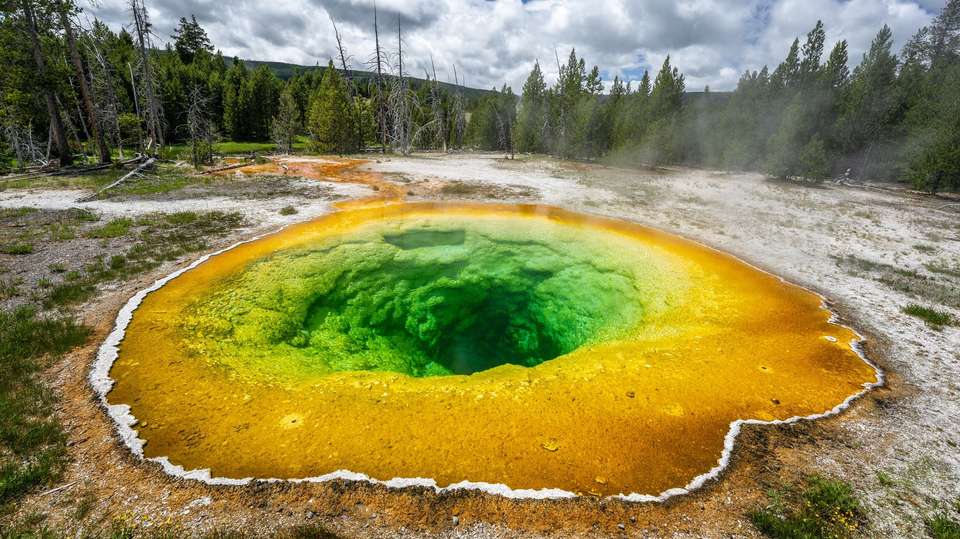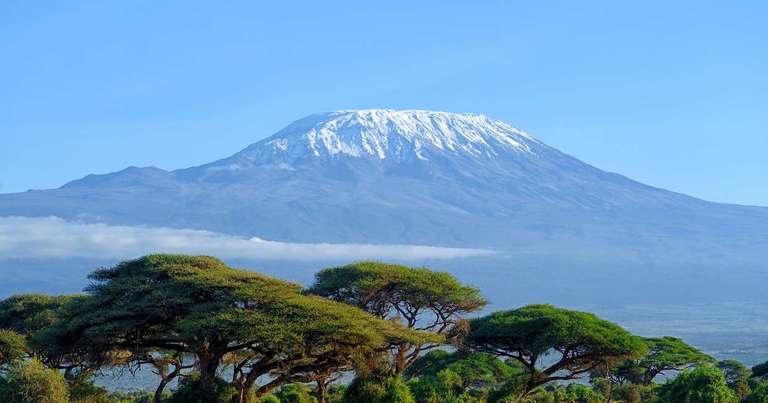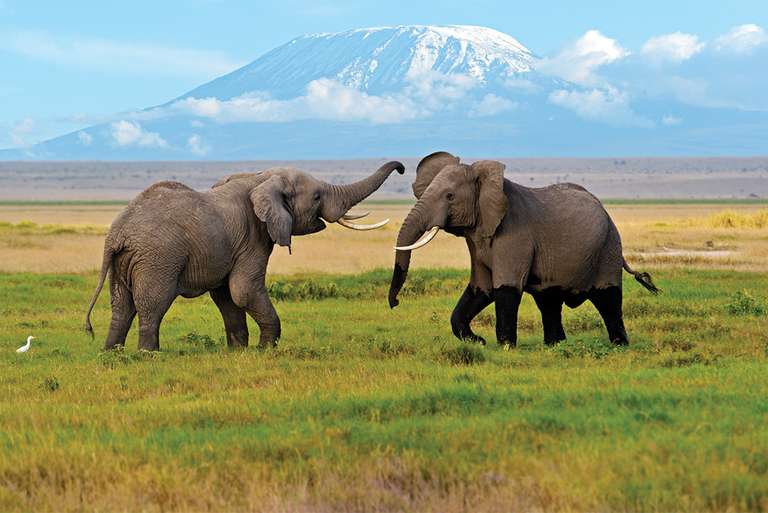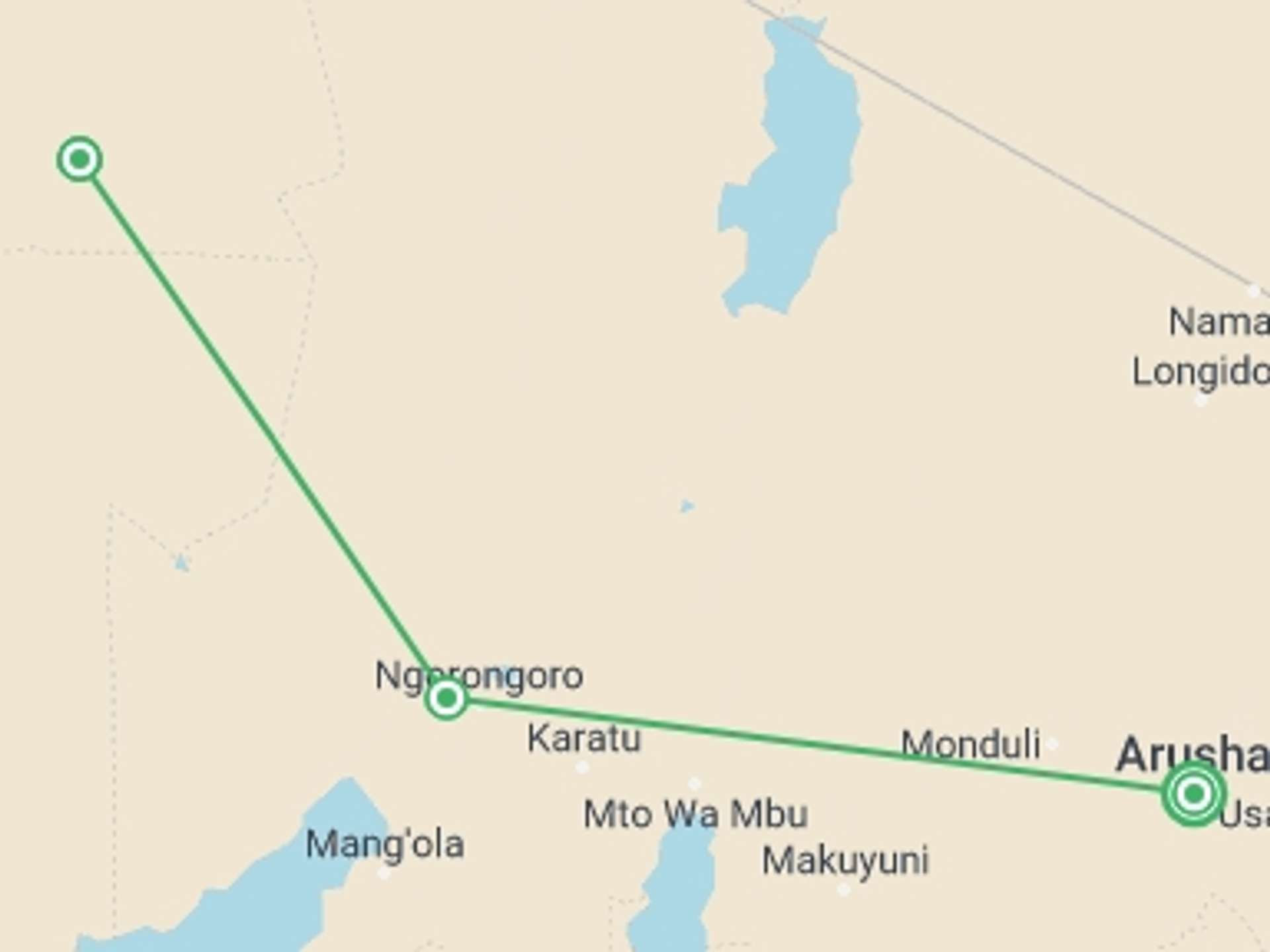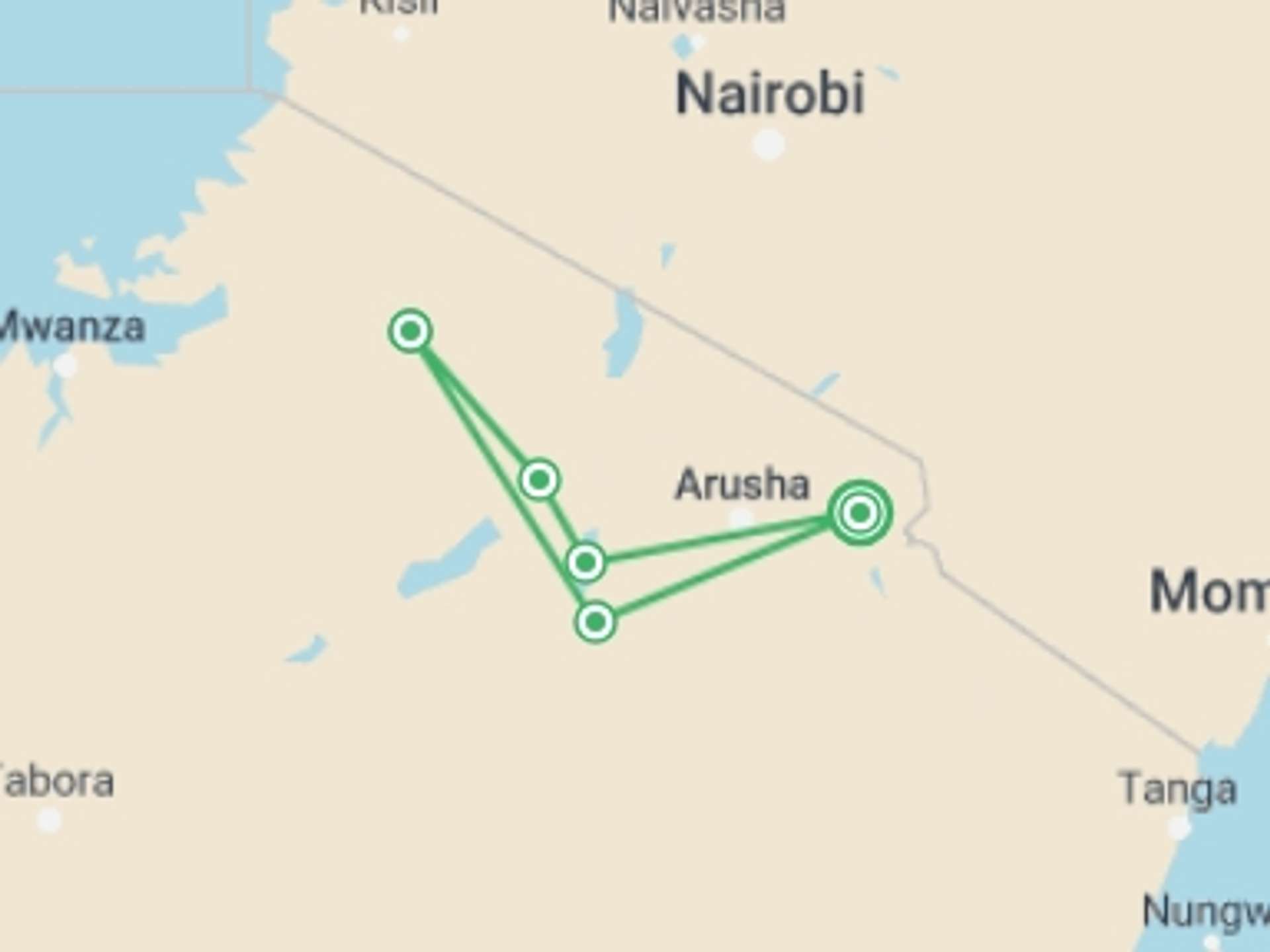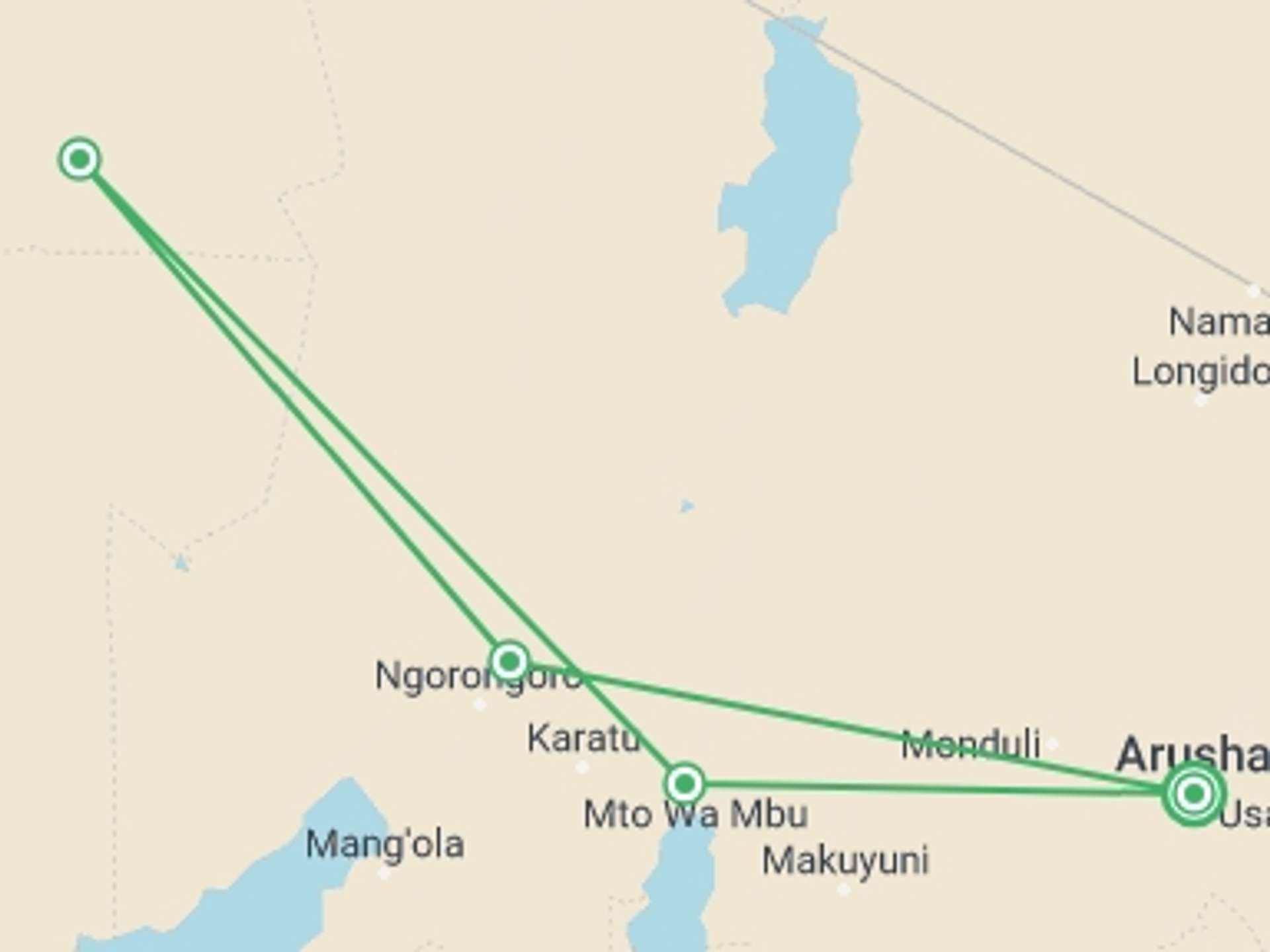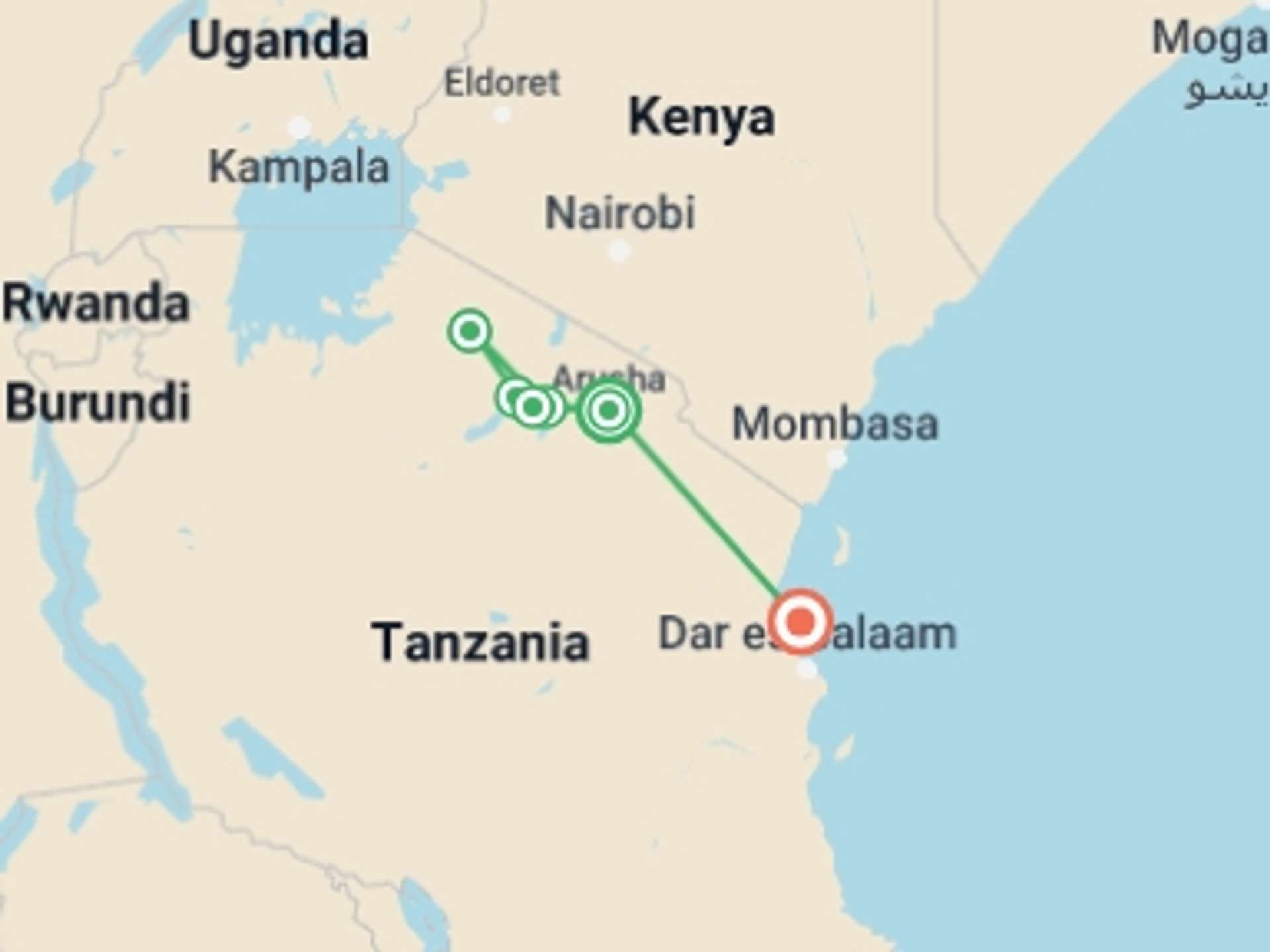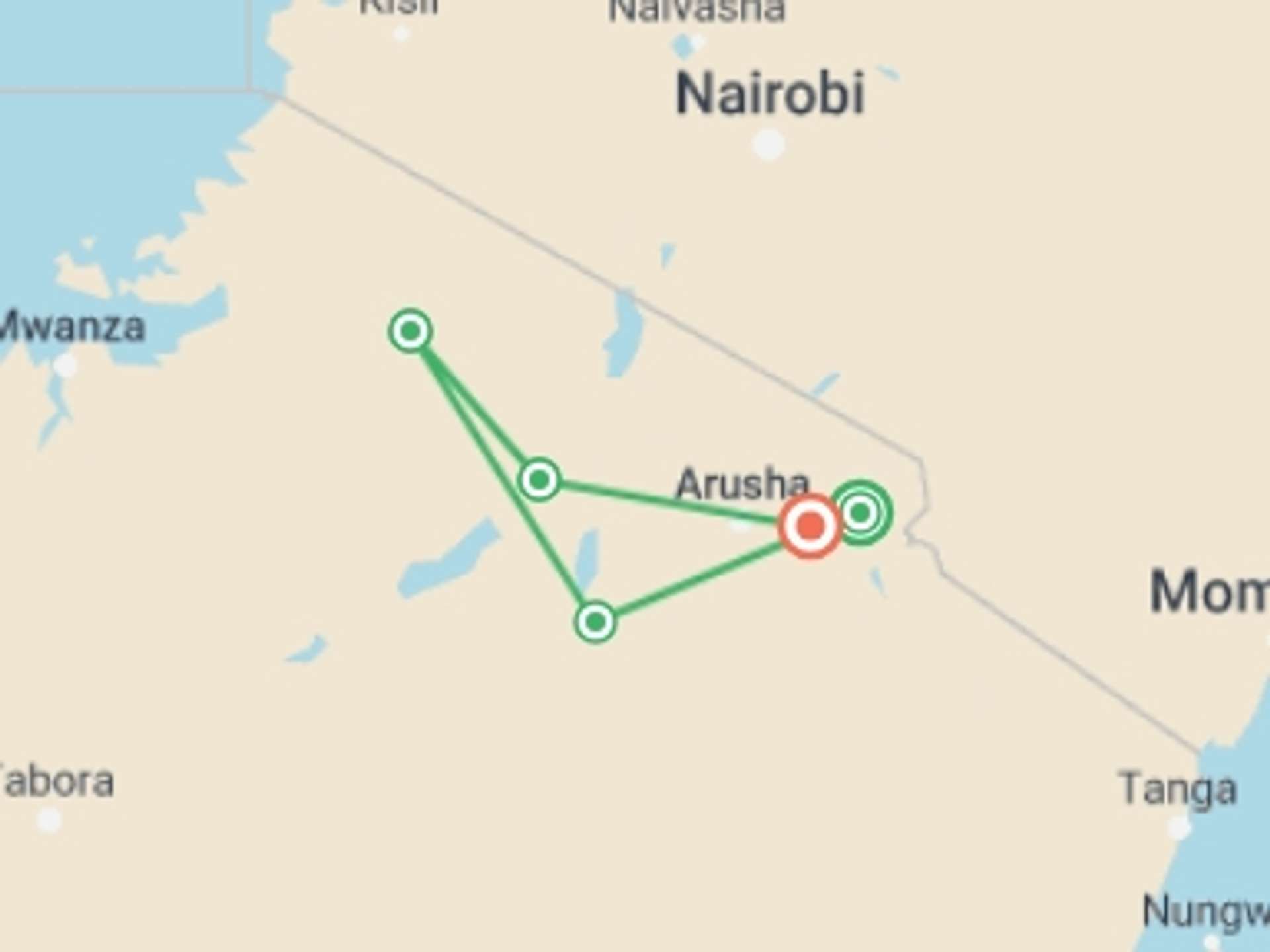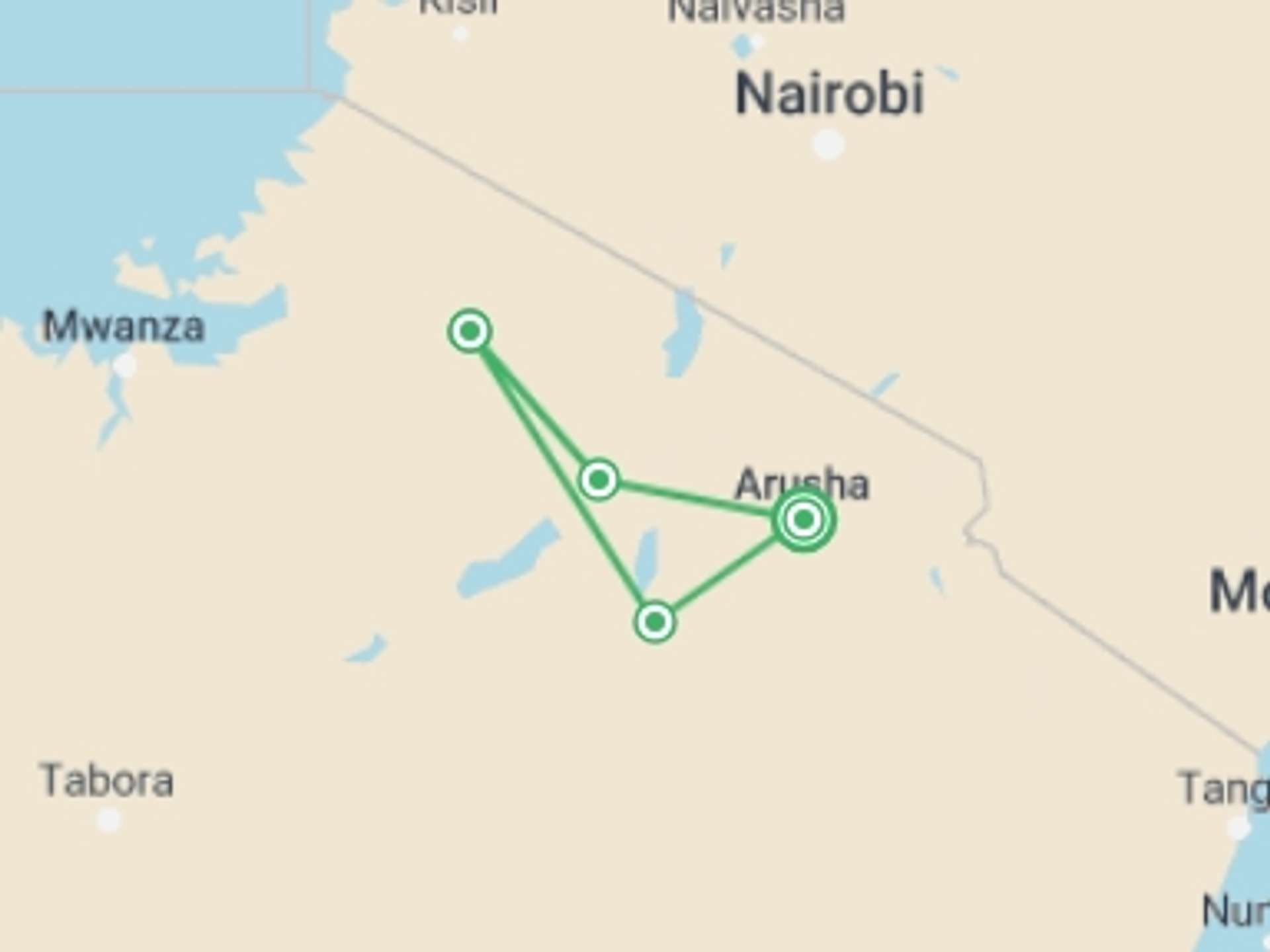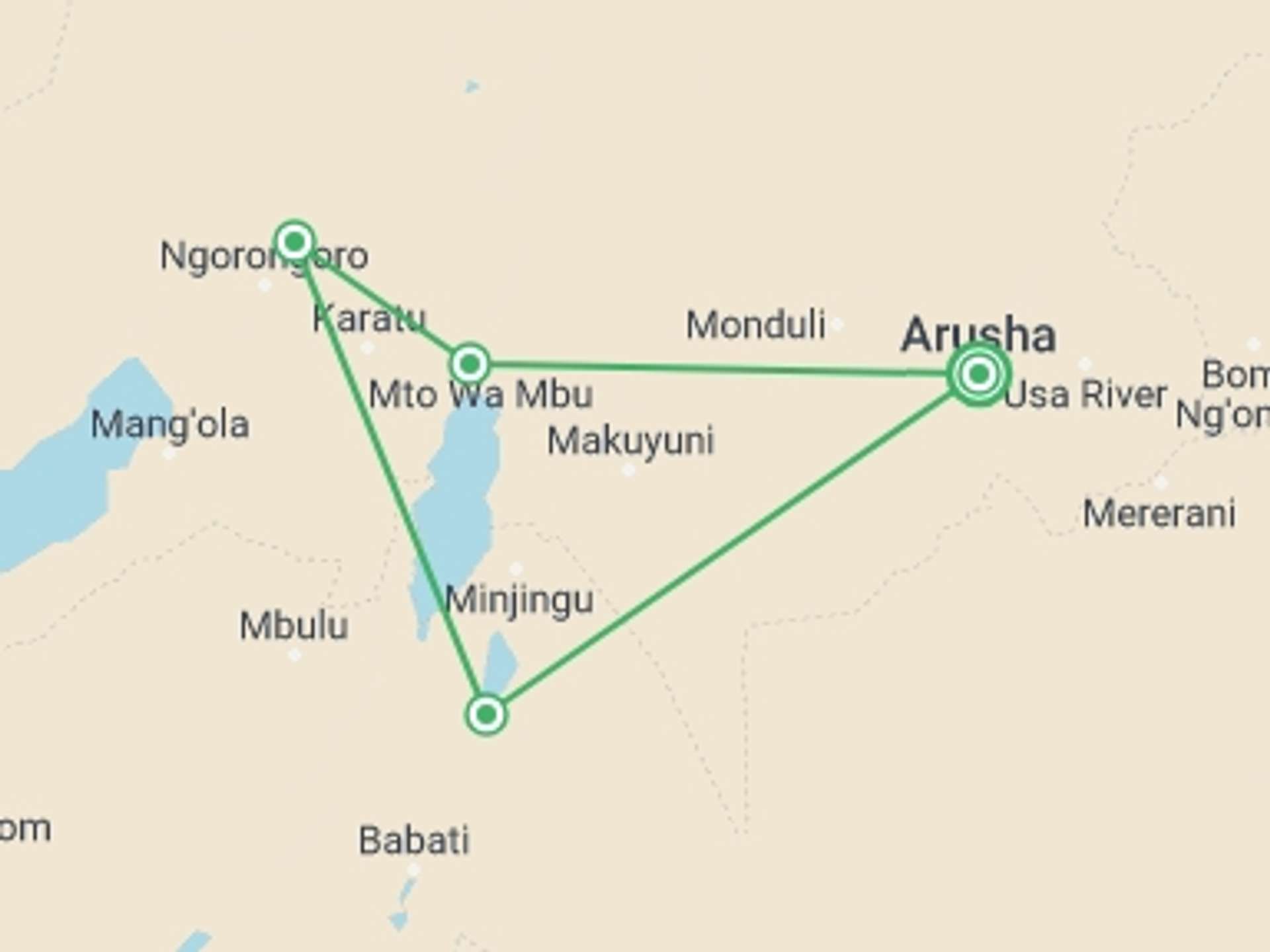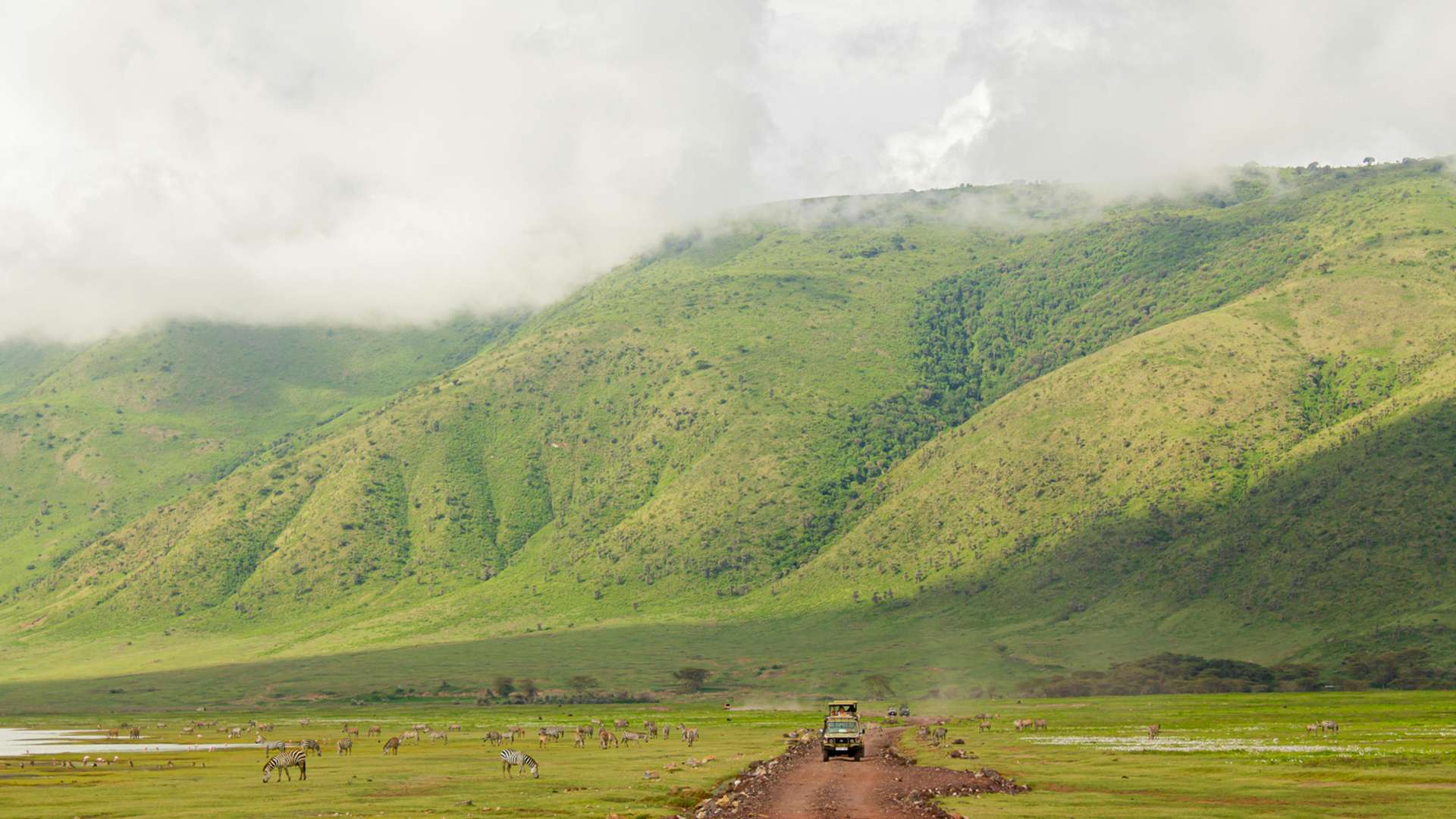
Ngorongoro Crater Safari
Embark on an extraordinary Ngorongoro Crater safari during your Tanzania trip. Besides being the largest inactive volcanic caldera on the planet, Ngorongoro Crater also boasts the densest population of large mammals in Africa, including the Big Five. Beyond the crater's edge lies a greater conservation area, a haven for wildebeests that congregate around the serene waters of Lake Ndutu. Witness the miracle of life as newborn wildebeest calves take their first steps, signaling the beginning of the epic Great Wildebeest Migration. From the captivating landscapes to the abundant wildlife and the thrill of spotting some of the planet’s most majestic creatures, Ngorongoro Crater safari offers an unrivaled African adventure. Choose one of these unforgettable Ngorongoro Crater tours listed below.
We guarantee the best prices on all our tours. If you find a lower price within 24 hours of booking, we'll match it.
Note: Prices may vary based on availability and demand.
10 Best Tours in Ngorongoro Crater
Discover our highly acclaimed tours in Ngorongoro Crater, based on reviews and times booked.
See all Ngorongoro Crater Tours
Top Ngorongoro Crater Activities
Discover tours tailored to your interests, from wildlife safaris and game drives tours to wildlife trips as well as adventure experiences. Find the perfect activity to match your passion.
10 Best Ngorongoro Crater December Deals
Grab our exclusive december deals on Ngorongoro Crater tours — limited-time massive discounts you won't want to miss!
See all Ngorongoro Crater travel deals

Want to see more?
Discover our complete collection of Ngorongoro Crater experiences
Trending Ngorongoro Crater Tour Durations
Discover the top Ngorongoro Crater tour durations, ordered by the number of tours available for each—so you can quickly find the most in-demand itinerary lengths.
Ngorongoro Crater Tour Reviews
Guest reviews from travelers on tours in and around Ngorongoro Crater
I can’t say enough good things about the tour operator. They customized our private safari Tanzania so beautifully, tailoring every detail to our preferences. The Tanzania safari camps were intimate and gave us a true wilderness feel, while the Tanzania safari lodge provided a touch of luxury after long days exploring. This balance between adventure and comfort made our Tanzania safari holidays unforgettable. The highlight was watching a herd of elephants at sunset from the lodge terrace—simply breathtaking.
I’ve always dreamed of traveling without the stress of planning, and the travel team made that possible. From booking flights to arranging unique excursions, they curated an experience that was seamless and memorable. Every detail was handled with care, allowing me to focus entirely on enjoying my journey.
I would rate 5 Star for this Local Company We had the absolute privilege of booking a safari with Kilisa Tours & Safari, and I can honestly say their service is nothing short of 5-star excellence. From the very first communication to the final day of our trip, the entire experience was handled with professionalism, warmth, and genuine care. Our guide was incredibly skilled at spotting wildlife and shared insightful knowledge about the animals, landscapes, and cultures. Every game drive was exciting and perfectly paced, and the accommodations selected by Kilisa Tours were comfortable and well-suited to the authentic safari experience. I would recommend this service to anyone as they deliver not only on organization and expertise but also on creating memories that will last a lifetime.
We chose this 2-day tour for a short weekend trip, and honestly it was much more than expected. On the first day I entered Tarangire National Park, I was overwhelmed to see huge elephant herds, zebras, giraffes, and lions. The guide explained to us all about the animals. On the second day, while descending to the Ngorongoro Crater, the whole scene is like a dream world - seeing black rhinos, lions, hippos, and innumerable gonos together is a truly amazing experience. Although time was limited, I didn't expect to see so much together. Perfect tour for those who want to taste Africa in a short time.
We, along with a few friends, took part in a 3-day safari, which was planned as Arusha → Tarangire → Lake Manyara → Ngorongoro Crater. We had a lot of fun on this little trip together. At night, it was fun, and during the day, it was all about wildlife. Our guide was very experienced; he would easily find animals and share interesting information about each place. The huge elephant herd in Tarangire, the colorful birds of Lake Manyara and the magnificent view of the Ngorongoro Crater are still remembered. This safari will definitely be a great experience for those who want to enjoy the original beauties of Tanzania in less time.
I and a few of my university friends took part in this 7-day tour, and the experience was mind-blowing! Going out on a game drive in the morning, I heard the roar of the lions in the savannah as the sun rose, saw the hunting of cheetahs in the afternoon, and sat by the campfire at night and talked under the sky full of them. The travel team arranged everything so nicely for us that we never felt bored or tired. Especially in the Serengeti, seeing the wildebeest migration in front of the eyes - that roar, that tremor, that race - still rings in the ears. The guide was lively and knew where to go to get the best view. It wasn't just the safari; it was pure adventure, pure fun for us. If you're young and hungry for adventure, this is the place for you.
Traveler Photos For Trips in Ngorongoro Crater
Create a customized tour to Ngorongoro Crater and Tanzania
Traveling to Ngorongoro Crater? Chat with a local travel specialist who can help organize your trip.
Keep Exploring Ngorongoro Crater
Related Destinations
Popular Activities
Upcoming Departures
- Winter tours
- Summer tours
- Spring tours
- Fall tours
- December 2025 tours
- January 2026 tours
- February 2026 tours
- March 2026 tours
- April 2026 tours
- May 2026 tours
- June 2026 tours
- July 2026 tours
- August 2026 tours
- September 2026 tours
- October 2026 tours
- November 2026 tours
- December 2026 tours
- January 2027 tours
- February 2027 tours
- March 2027 tours
- May 2027 tours
- June 2027 tours
- July 2027 tours
- August 2027 tours
- September 2027 tours
- October 2027 tours
- November 2027 tours
- December 2027 tours
Trending Travel Guides
- Big 5 Wildlife Animals in Tanzania
- Top 10 Best National Parks in Tanzania – Overview
- Things to Do in Tanzania
- Mount Kilimanjaro in Africa: Routes, Weather, Prices!
- Wildlife Safaris in Tanzania – A Bookmundi Guide
- Lake Manyara National Park Safari Guide
- Tanzania Safari Guide
- Accommodation at the Serengeti National Park
- Accommodation in Ngorongoro Conversation Area
- Accommodation at Lake Manyara National Park
- The Machame Route | Kilimanjaro National Park
- The Marangu Route | Kilimanjaro National Park
- The Lemosho Route | Kilimanjaro National Park
- The Rongai Route | Kilimanjaro National Park
- Northern Circuit | Kilimanjaro National Park
- The Umbwe Route | Kilimanjaro National Park
- Tanzania in 10 Days: 3 Recommended 10-day Itineraries to Tanzania
- Tanzania in One Week: 3 Recommended One-week Itineraries to Tanzania
- Tanzania in 2 Weeks: 3 Recommended 2-week Itineraries to Tanzania
- Tanzania in December: Short Rain, Safari and Weather Tips
- 11 Best Places to Visit in Tanzania
- Winter in Tanzania: Banking The Perks of Dry Season
- Summer in Tanzania: Weather and Top Destinations
- Planning a Trip to Tanzania: All You Need to Know
